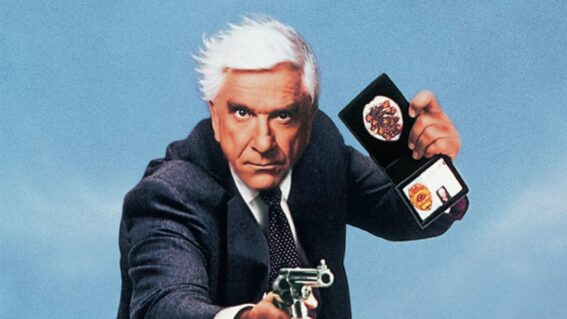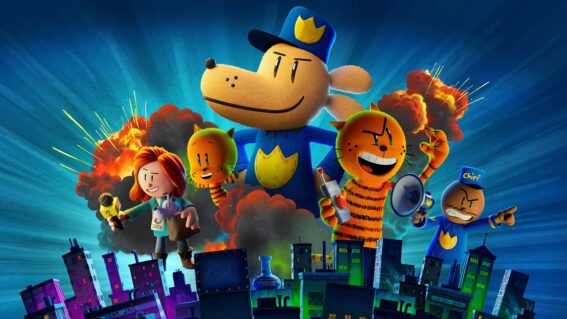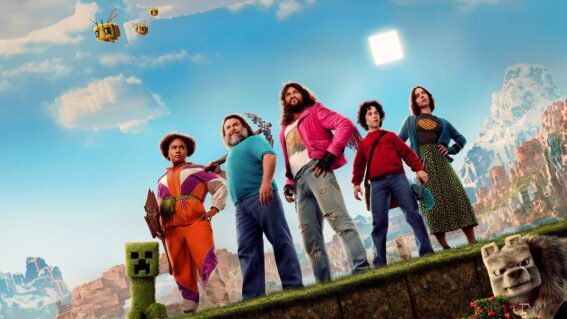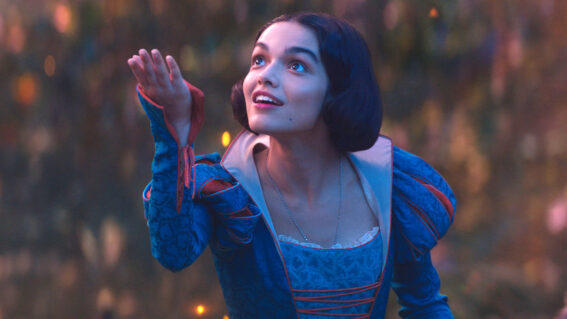Seen That? Watch This: Andor and the other Star Wars story about a rascally loner
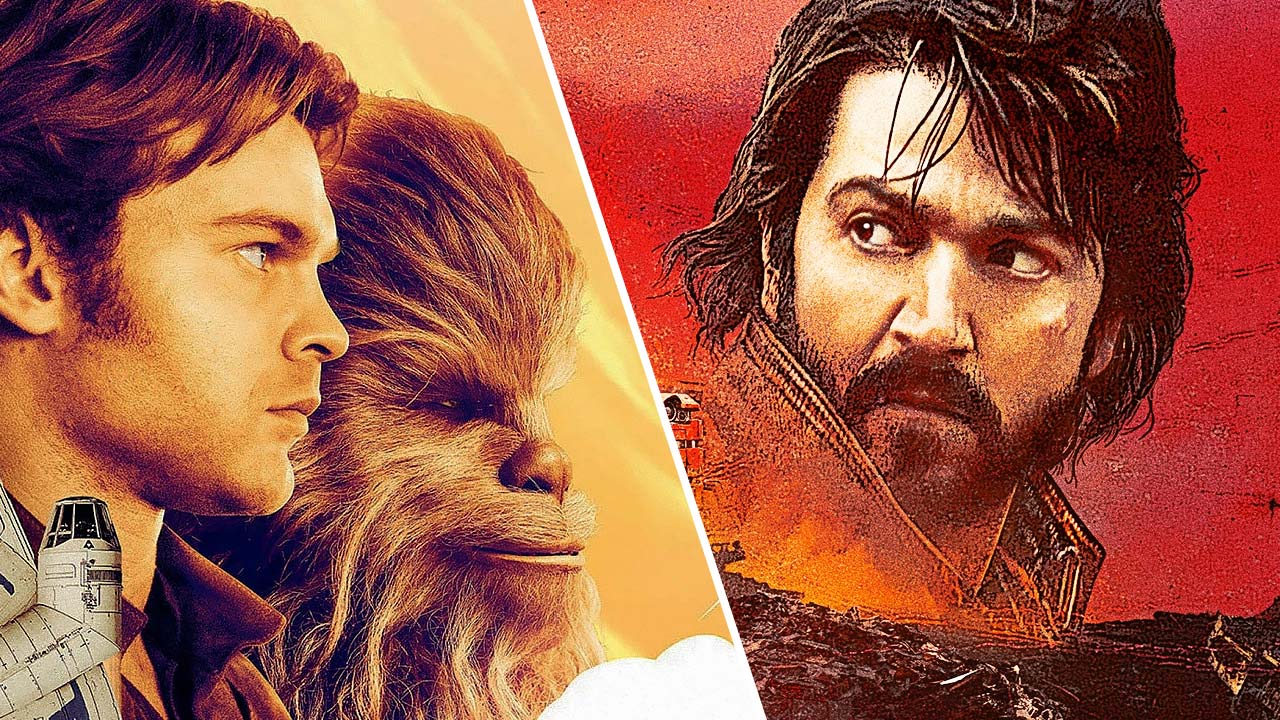
Seen That? Watch This is a weekly column from critic Luke Buckmaster, taking a new release and matching it to comparable works. This week, he looks at the mighty Andor and revisits Solo: A Star Wars Story.
I’m not the first person to liken Disney to the Empire, or to suggest that Star Wars and the MCU have their hands on the blade that butchered blockbuster cinema. But even pernicious corporations pursuing world domination can release fine art. It only took the Big Mouse a zillion attempts to come up with a refreshingly different take on Star Wars: creator Tony Gilroy’s impressive origins series Andor. The show begins in cyberpunk mode (neon lights, rainy streets) and evolves into a more familiar look for the franchise: the junkyard aesthetic, albeit stripped back with an industrial sheen—lots of pavement, muted tones and grays.
The streets of this glum corner of the universe—the planet Morlana One, which is ruled by a mining corporation—are sapped of colour and life. There’s a feeling the only way to restore energy and vitality would be to topple the power structure; to revolt and start again.
This feeling is consciously evoked by the writers, constructing an anti-colonialist message that reverberates throughout the first three episodes (all I’ve seen so far) with appealing vagueness, as if capturing the earliest scents of revolution. The closest we get to a “do you hear the people sing?” moment occurs as Andor’s adopted mother Maarva (Fiona Shaw), detained inside her home by soldiers, hears the sounds of people outside banging pots and pans to warn each other of the presence of authorities. She says to one of these uniformed lackeys: “That’s what a reckoning sounds like.”
Andor‘s anti-colonialist vibes reminded me of a battlefield conversation from another Star Wars narrative about a rascally loner—Ron Howard’s 2018 film Solo: A Star Wars Story. On the battlefield, Han Solo (Alden Ehrenreich) asks his lieutenant what their objective is, and receives the following response: “To bring peace and prosperity to the galaxy, install a regime loyal to the Emperor, and eradicate the hostiles.” Solo shoots back: “It’s their planet, we’re the hostiles.”
It’s a good line, in a film with no intention of seriously examining Solo’s dissent. The writers aren’t interested in exploring where it comes from, what philosophies and lived experience informs it, or what would happen if the production itself espoused a similar view. Andor however talks the talk and walks the walk. After being surprised by this show (I was beginning to think no new Star Wars production would ever truly compel me again) I revisited Solo: A Star Wars Story, which I consider under-rated, eschewing heavy-handed soap opera in favour of a purely enjoyable, Saturday matinee energy.
There are several unusual things to like about it: for instance, key scenes lit in very low light, a narrative structure pivoting around high stakes card games, and a rebellious activist droid with sass to spare. This is L3-37 (voiced by Phoebe Waller-Bridge), an anti-establishmentarian introduced trying to convince another robot to stop participating in a boxing-like sporting match. “They’re using you for entertainment!”, she shouts from the sidelines. Later, when Lando Calrissian announces he’s leaving the room and asks L3 whether she needs anything, the savvy opportunist spits back: “equal rights?”
I still like the film, but returning to it after Andor has stripped it of lustre. The masterminds of the Star Wars universe obviously safeguarded Han Solo, a cherished character, from having his legacy mucked around with. In fact they went so far as sacking the original directors of Solo, Phil Lord and Christopher Miller, citing that familiar, suspicious justification: “creative differences.” Cassian Andor on the other hand was barely remembered outside of Star Wars fandom, and, in fact, arrives in his new series already dead: his character is taken out by a blast from the Death Star at the end of Rogue One.
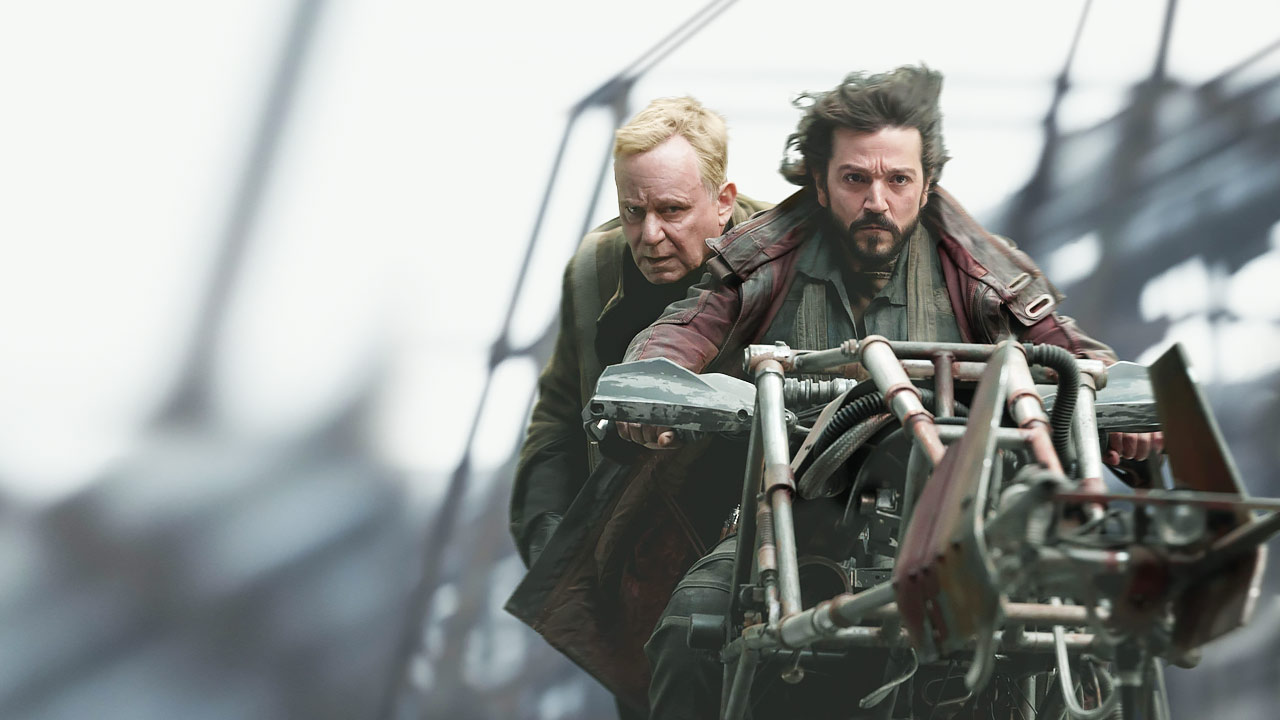
The attitude seems to be: “do what you want with this guy, he’s barely even canon.” With that liberation comes the kind of artistic freedom that should be afforded to every character in every narrative. Early in Andor, the writers show they aren’t afraid to go way past the realms of standard, rascally antihero behaviour by having the protagonist kill two people, at point blank range, one having begged for his life. By contrast, in Solo, Han eventually shoots dead his thieving mentor—Woody Harrelon’s Tobias Beckett—but only after the point has been explicitly made, multiple times, that the guy is a treacherous swine working for the bad guys. And we don’t even see Solo pull the trigger.
Solo: A Star Wars Story‘s biggest problem is being shackled to wink-wink origins writing, whereby the creators insist on crowbarring in moments depicting the origination of something basic (like a character’s name) that nobody needed to have explained. A stuffy imperial employee for instance notes the protagonist is traveling alone and dubs him “Han Solo.” Later, Solo tells his new friend Chewbacca: “you’re gonna need a nickname because I ain’t saying that every time.” Geddit? Chewie?! It’s not quite groan-inducing writing, but it’s getting there.
Andor on the other hand uses its origins elements for insightful purposes. Flashing back to Cassian’s childhood, we observe him living among other indigenous people on a lush forest planet called Kenari. This draws a visual dichotomy with the present: beautiful greenery clashing with cement factory land to reiterate a “paved paradise, put up a parking lot” message.
There’s a lot going on in this series; comparing it with Solo: A Star Wars Story is admittedly setting a very high standard for old mate Han. Perhaps one of the highest: if it builds rather than squanders its opportunities, Andor might turn out to be the best Star Wars production since The Empire Strikes Back.






